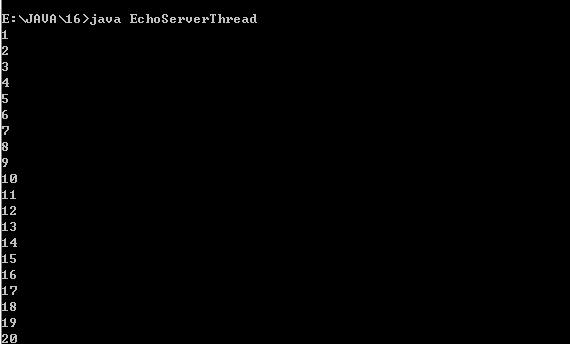本文主要是介绍Effective software testing: 50 specific ways to improve your testing,希望对大家解决编程问题提供一定的参考价值,需要的开发者们随着小编来一起学习吧!
版权声明:原创作品,允许转载,转载时请务必以超链接形式标明文章原始出版、作者信息和本声明。否则将追究法律责任。 http://blog.csdn.net/topmvp - topmvpMany of the examples are in the realm of the obvious, but not always clearly implemented. For example, number 17 is "Verify that the system supports testability" and number 31is "Know the different types of testing-support tools." In the case of 17, the word system is being used to describe large projects and the topic deals with verifying that it is possible to test the integrated system by tracking the source of errors and how the components interact with each other. Tracking down errors that arise when systems are integrated is very hard, and in general it is necessary to make the plans on how to track down such errors when the architecture for the system is being designed. Therefore, the point, which seems obvious, is in fact a very critical one.
Determining what software testing tools are available is another very critical step in the effective, efficient testing of software. The enormous number of different pathways through modern software makes it impossible to use even the largest army of testers to check them all. Therefore, the only way to provide reasonable coverage of the options is to let other software examine it. Tools such as memory and other system resource checkers, source code scanners that look for "obvious" bugs, programs that generate test data sets either randomly or clustered about most likely values, and test generators can sometimes provide valuable assistance in cleaning code. When working in C/C++, I found a code scanner to be extremely helpful, and wrote a simple one some time ago. It searched for instances of a single "=" in Boolean expressions, semicolons immediately after if, while and for loops, and places where the delete command was used on pointers that might point to an array. It was simple, but it did find some bugs that quite likely would have taken me hours to find.
The testing principles are organized into ten categories:* Requirements phase.
* Test planning.
* The testing team.
* The system architecture.
* Test design and documentation.
* Unit testing.
* Automated testing tools.
* Automated testing: Selected best practices.
* Nonfunctional testing.
* Managing test execution.
As you can see, the concept of testing is included from the very first stages of the project. This is essential, as it is very possible to incorporate something into the design that will make effective testing difficult or even impossible. Experienced software testers should be included in the planning from the first day of construction.
http://rapidshare.com/files/52157148/0201794292.zip
这篇关于Effective software testing: 50 specific ways to improve your testing的文章就介绍到这儿,希望我们推荐的文章对编程师们有所帮助!





